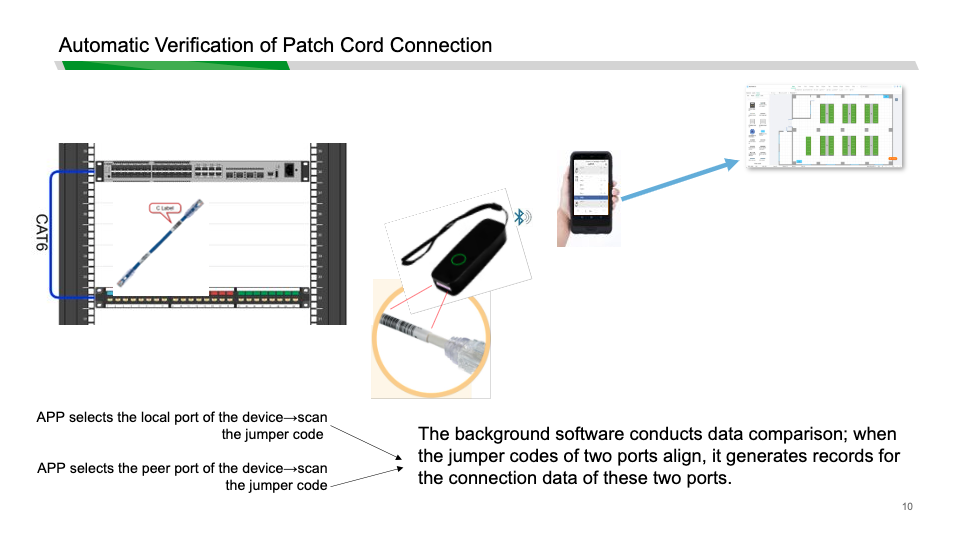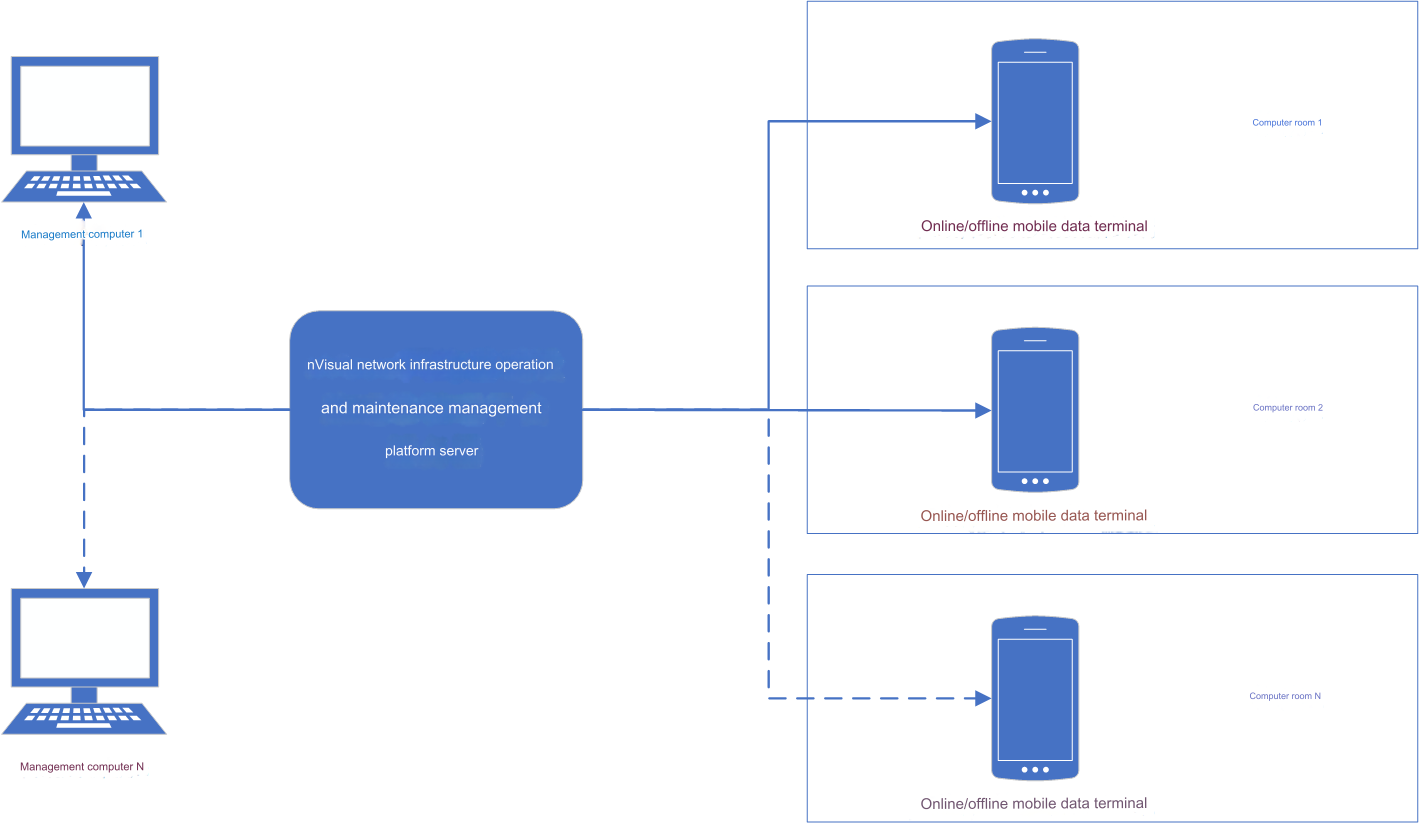Leveraging AIM with the help of Bar/QR code scanner
The Rise of Comprehensive Software Solutions for AIM using Bar & QR code readers

Since the introduction of the integrated cabling system by AT&T Bell Laboratories in 1985, experts in the integrated cabling industry have been actively exploring how to improve the efficiency of integrated cabling operation and maintenance management. During this period, Israel Ruite launched smart patch panels in 1995, but because they did not effectively address users’ pain points, nearly 30 years later, smart patch panels have yet to gain widespread acceptance.
Recently, a survey of users from some large organizations in Europe and the United States, such as Audi, BMW, IBM, and Google, revealed that they are all adopting a pure software management model. This raises the question: Can comprehensive cabling management software effectively address users’ pain points and become the future of cabling management? What specific problems does it solve for users?
Is it possible to add a device that will change the way we’ve done this historically?
1 – Leveraging AIM with the help of Bar/QR code scanner
Our cable management tool, utilizing PDAs and barcode readers, represents a revolutionary advancement in this field. By integrating AIM (Automated Infrastructure Management) with a device like the PDA, the possibilities are vast. Tasks that were previously challenging to document, such as automatic recording between devices on patch panels, device-to-device automatic recording, and automatic recording of full network links, become remarkably simple with this tool. While solutions employing electronic patch panels remain feasible, the barcode reader emerges as a more potent tool, granting access to all infrastructure resources and existing equipment or connections. Furthermore, employing a PDA in the data center eliminates the need for installing specialized patch panels for recording connections. Leveraging PDAs, infrastructure documentation processes can be streamlined by over 50%, accompanied by significant cost reductions, as there’s no requirement to invest in specialized patch panels for each equipment piece.

2 – Harnessing the Power of PDAs for Efficient Cable and Equipment Management
Utilize the PDA’s capabilities within the data center to seamlessly scan cables and equipment, facilitating easy identification within the application. We suggest deploying one PDA for each floor, allowing for swift and thorough execution of connection and disconnection operations, among others. Additionally, the system can be accessed from stationary computers, accommodating users who prefer a stationary setup.

3 – Streamlining Change Management: Enhanced Efficiency with Desktop and PDA Work Order Integration
It employs proven methodologies to generate work orders and execute them in a structured manner, encompassing tasks such as creating, sending, checking, and updating work orders on the PDA, among others. The combination of desktop and PDA functionalities for work order creation enhances the efficiency and clarity of change management processes.